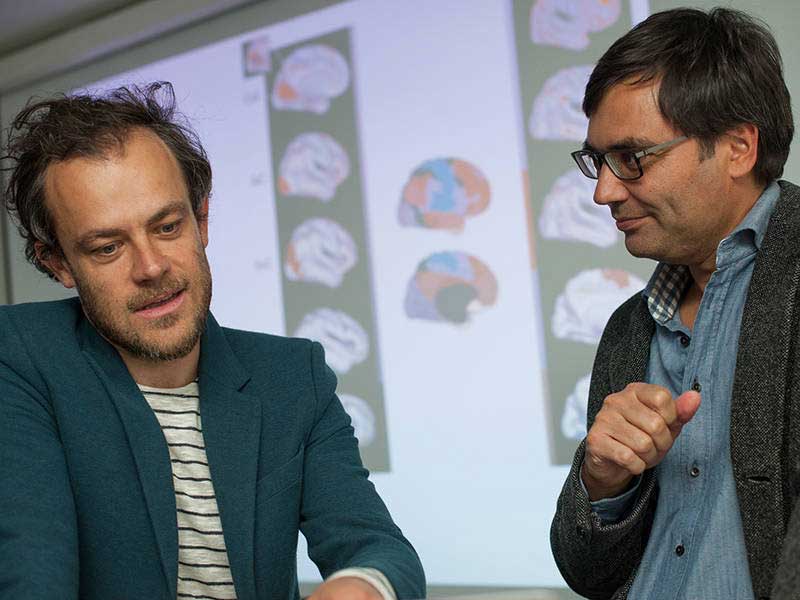To speak with one another, neurons utilize chemical messengers known as synapses. The two most essential synapses in the human mind, glutamate, and GABA have opposing impacts: glutamate activates neurons, while GABA suppresses them.
Glutamate, unexpectedly, is likewise utilized as spicy substance and can be found in tomatoes and Parmesan cheese. By adjusting the centralizations of the two neurotransmitters, the mind can process impressions from the eyes, called visual stimuli.
Now, scientists at the Technical University of Munich (TUM) have studied how the concentrations of the two neurotransmitters change in the visual cortex. The study is one of a kind in that the group utilized magnetic resonance spectroscopy (MRS) to gauge the concentrations of the neurotransmitters in detail and, most importantly, in parallel.

The trial comprised of three phases. The subjects initially lay in the dark for five minutes with their eyes closed. They at that point opened their eyes and stared into the darkness. At long last, they have demonstrated a checkerboard design that blinked on and off rapidly. All through the test, the centralizations of the two synapses in the visual cortex were measured simultaneously.
Scientists observed: In the resting state with the eyes closed, GABA levels were high. Surprisingly, however, concentrations of this inhibitory neurotransmitter decreased as soon as the subjects opened their eyes, despite the fact that there was still nothing to see.
Privatdozent Dr. Valentin Riedl, research group leader in the Neuroradiology Department of University Hospital Rechts der Isar of the TUM said, “The brain prepares for forthcoming stimuli as soon as the eyes are opened. This phenomenon had never previously been observed because other studies had not measured this state. Only when an actual visual stimulus was perceived, i.e. the blinking checkerboard pattern, did the concentration of glutamate, the activating neurotransmitter, increase.”
In addition, scientists compared their MRS data with data obtained by functional MRI (fMRI). In this technique, the consumption of oxygen is measured in specific brain regions. A high consumption is an indirect indicator of neuronal activity in a given area.
Riedl said, “The changes in neurotransmitter levels in the visual cortex coincided with evidence of brain activity in the fMRI scans. “The results of the two methods agreed perfectly. By combining the two techniques, we’re not only able to say that there is increased activity in a region; for the first time we’re also able to specifically attribute that activity to the two neurotransmitters.”
“To date, however, there is no proof of this. An examination using both spectroscopy and fMRT would provide much more precise and far-reaching information on the concentrations of the neurotransmitters in patients.”
Scientists have published their study in the Journal of Neuroscience.
